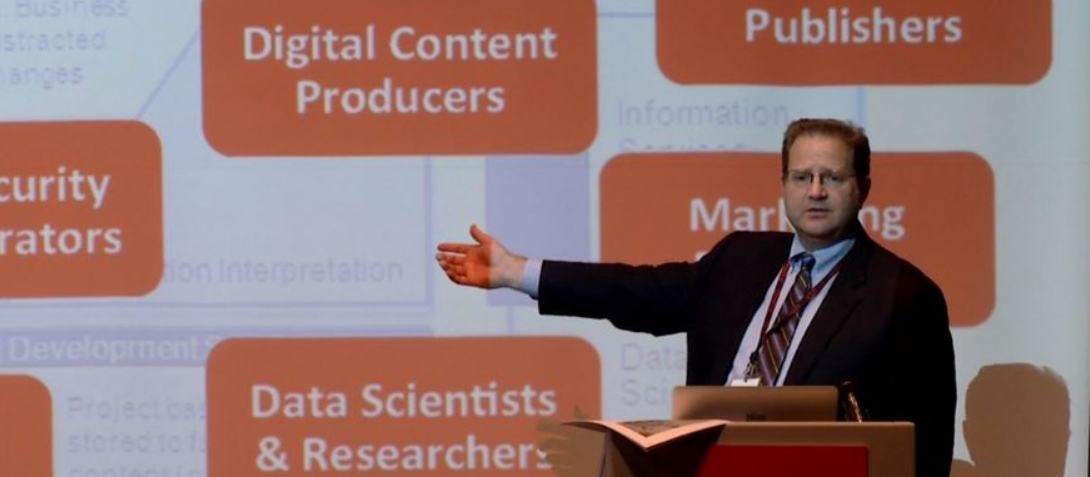As we’ve known but which became crystal clear this past year, social platforms online are in fact publishers — as they curate, craft, select, unselect, create, delete, promote media to target audiences, as a multi-billion dollar business model. Some “participate” more than others, supporting or suppressing content, paid or not. Yes, you may freely use the platform for your own communications purposes — but it’s not a garden walled from publisher-owner influence or governance, at all. Mobile phones and devices also are publisher tools — curating and presenting content informed by your physical activities — though this is becoming more difficult with crackdowns on mobile identification for personal privacy purposes. What difference does this make to your business? Particularly the B2B, B2G, online B2C and nonprofit communities? (Setting aside brick-and-mortar retail for a while more). In short, this year, your own publishing power needs attention, to your own audience for attention to yo...
Among the Federal government data center communities, the threat of incurable technical debt (TD) is pervasive - where short term planning and siloed IT design leads to procurement of IT COTS software, hardware and services that quickly become obsolescent and continually increase maintenance costs. This leads to the inability of Agencies to find and use new revenues or cost savings to deal with unexpected mission demands or to use new industry technologies. Modeling, monitoring and treating TD as a virus is an appropriate response - though requires as much continual input from the operators as from the architects, i.e. a “whole-of-enterprise” approach. There’s no herd-immunity to this disease, this rapidly multiplying and spreading pandemic. There is, however, expert commercial experience already fighting this contagion and its attack vectors, that public-sector IT programs should be leveraging. Read more at " The Technical Debt Virus: Attacking an IT Contagion Across Federal, DoD...
